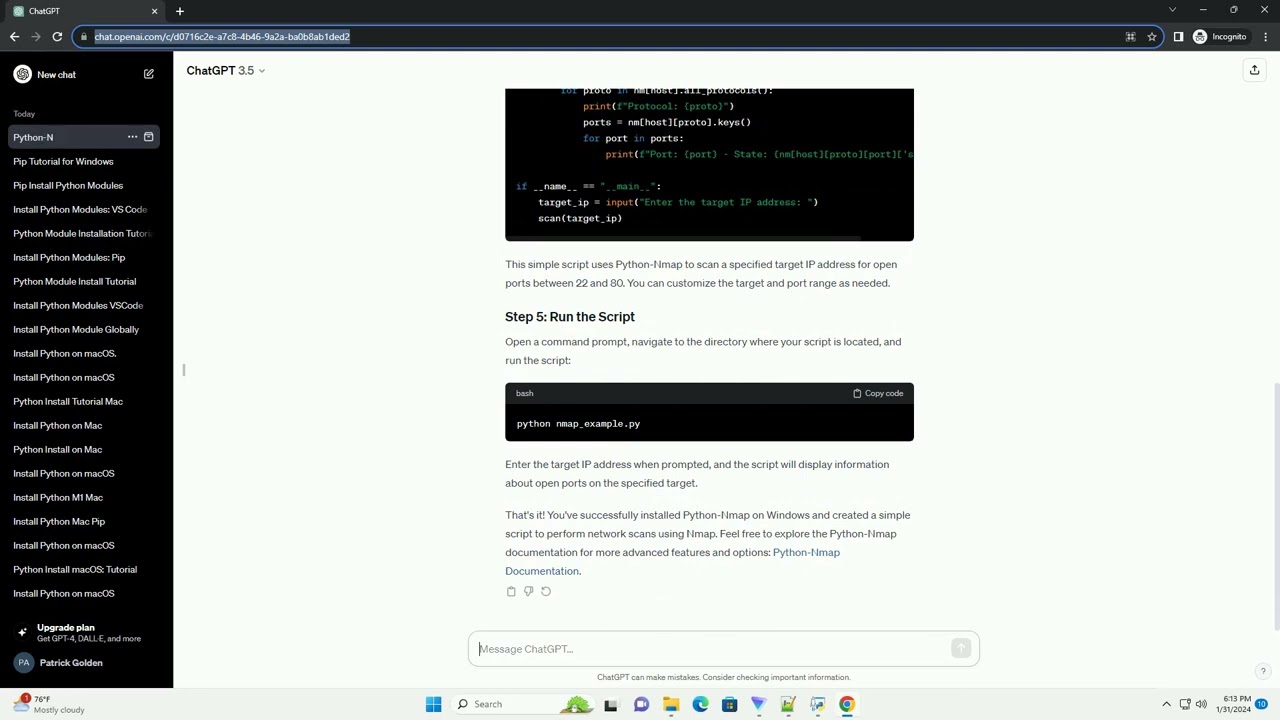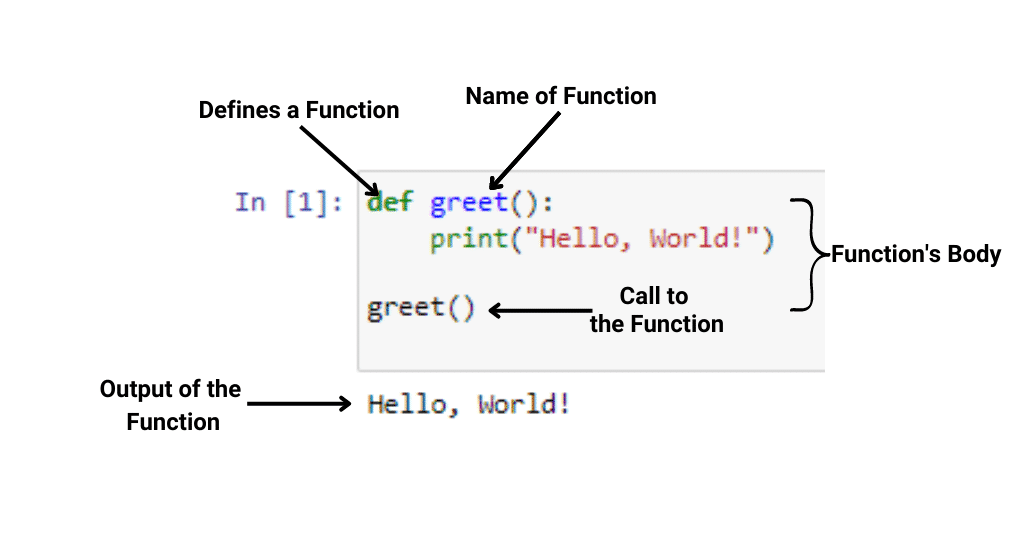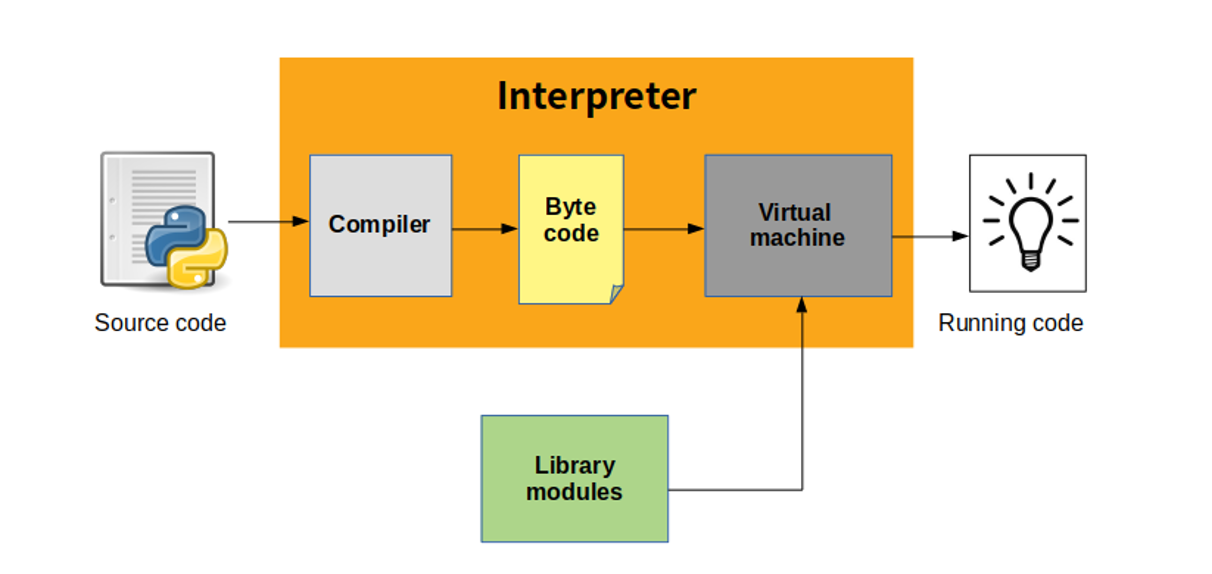Python package vs library github
Python package vs library github

I'm happy to explain the difference between a package and a library in the context of Python, as well as GitHub.

In the world of programming, a package and a library are often used interchangeably, but technically speaking, there is a subtle distinction.
A library refers to a collection of pre-written code that provides functionality for your program. Libraries typically provide a set of reusable functions or classes that you can incorporate into your own project. Think of it like a toolbox – a library is a collection of tools (functions) that you can use in your project.
On the other hand, a package is a directory that contains Python files (e.g., modules, scripts), as well as other necessary files and subdirectories. In essence, a package is a container that holds related code, libraries, or tools.
Now, let's talk about GitHub! GitHub is a web-based platform for version control and collaboration on software development projects. It allows developers to host their code in a central repository, making it easy to collaborate with others, track changes, and maintain different versions of the same codebase.
Here are some key aspects of using packages and libraries on GitHub:
Packages: You can create a package on GitHub by initializing a new repository (repo) and adding your Python files (modules, scripts) to the root directory. This allows you to manage and version control your package as a whole. Libraries: Libraries are usually distributed separately from their parent projects. For instance, if you're using a popular library like NumPy or Pandas, you would typically install it via pip (Python Package Index) rather than cloning the entire repository. Installing packages and libraries: When installing a package or library on your local machine, you can use pip (the Python package manager). For example, to install NumPy, you'd runpip install numpy. Similarly, if you want to install a package from GitHub, you would clone the repository using Git, then install it with pip. Version control: Both packages and libraries can be version-controlled on GitHub. By creating branches (e.g., master, dev), tags (e.g., v1.0), and commits, you can track changes, collaborate with others, or release different versions of your code.
To illustrate this concept, let's consider a simple example:
Suppose you're building a machine learning project using scikit-learn, which is a library for various algorithms. You might install it via pip (pip install scikit-learn) and use its functions in your Python scripts. However, if you wanted to contribute to the scikit-learn project itself, you would clone the repository on GitHub, make changes, and then submit a pull request (PR) to the maintainers.
In summary, when it comes to packages and libraries on GitHub:
A package is a directory containing related Python code, libraries, or tools. A library is a collection of pre-written code providing functionality for your program. You can install packages and libraries using pip. Version control is essential for managing changes, collaborations, and releases.Now that we've covered the basics, I hope you have a better understanding of how packages, libraries, and GitHub work together in the world of Python development!
Python package vs library examples

I apologize for the misunderstanding earlier! Here's a detailed explanation of the difference between a package and a library in Python, along with some examples:
Package:
A Python package is a directory that contains several modules (Python files) that are related to each other. A package can be thought of as a namespace or a container that holds multiple related modules. Think of it like an iPhone app, which has various features and functions that work together seamlessly.
For example, the NumPy package in Python is a collection of modules for numerical computations. Within this package, you have modules like numpy.linalg for linear algebra operations, numpy.random for random number generation, and so on.
Library:
A Python library is a pre-written module or group of modules that can be imported into your program to reuse their functionality. Think of it as a cookbook with various recipes (functions) that you can use in your own meal (program). You don't need to recreate the recipe from scratch; you just import and call the functions.
For instance, the math library in Python provides mathematical functions like sin(), cos(), and log() that you can use in your program. Similarly, the random library has functions for generating random numbers.
Key differences:
Structure: A package is a directory with multiple modules, while a library is a single module or group of modules. Relationship: A package contains related modules that work together to provide specific functionality. A library is a standalone module that provides reusable functionality. Importing: When importing a package, you typically use theimport statement followed by the package name (e.g., import numpy). When importing a library, you usually import individual functions or classes from the library using the dot notation (e.g., from math import sin).
Some examples to illustrate these differences:
Theos module is a library that provides operating system-specific functionality. You can import specific functions like os.path.join() or os.system(). The Pillow package in Python is a collection of modules for image processing. Within this package, you have modules like PIL.Image and PIL.FFT. You would use the dot notation to import specific functions or classes (e.g., from PIL import Image). The requests library provides functionalities for making HTTP requests in Python. When importing, you would use the dot notation (e.g., import requests).
In summary:
A package is a collection of related modules that work together to provide specific functionality. A library is a standalone module or group of modules that provides reusable functionality.I hope this clarifies the difference between a package and a library in Python!





























